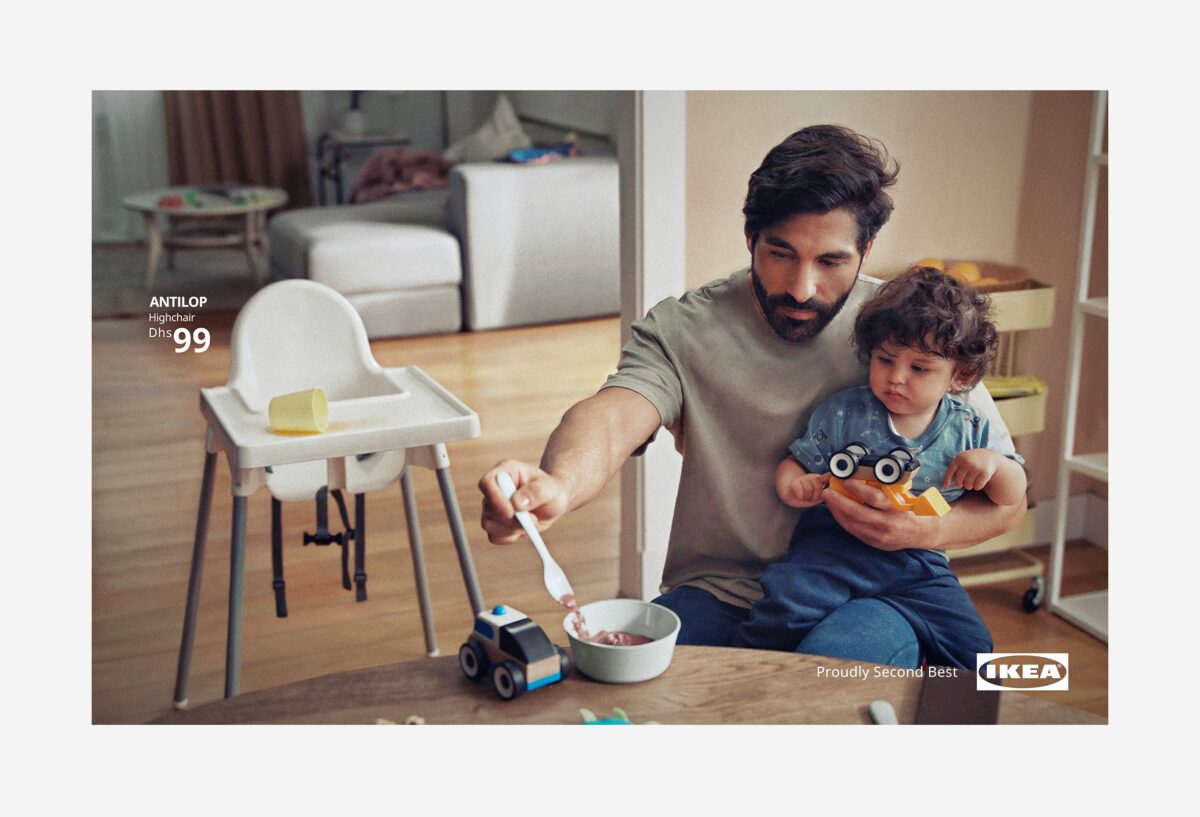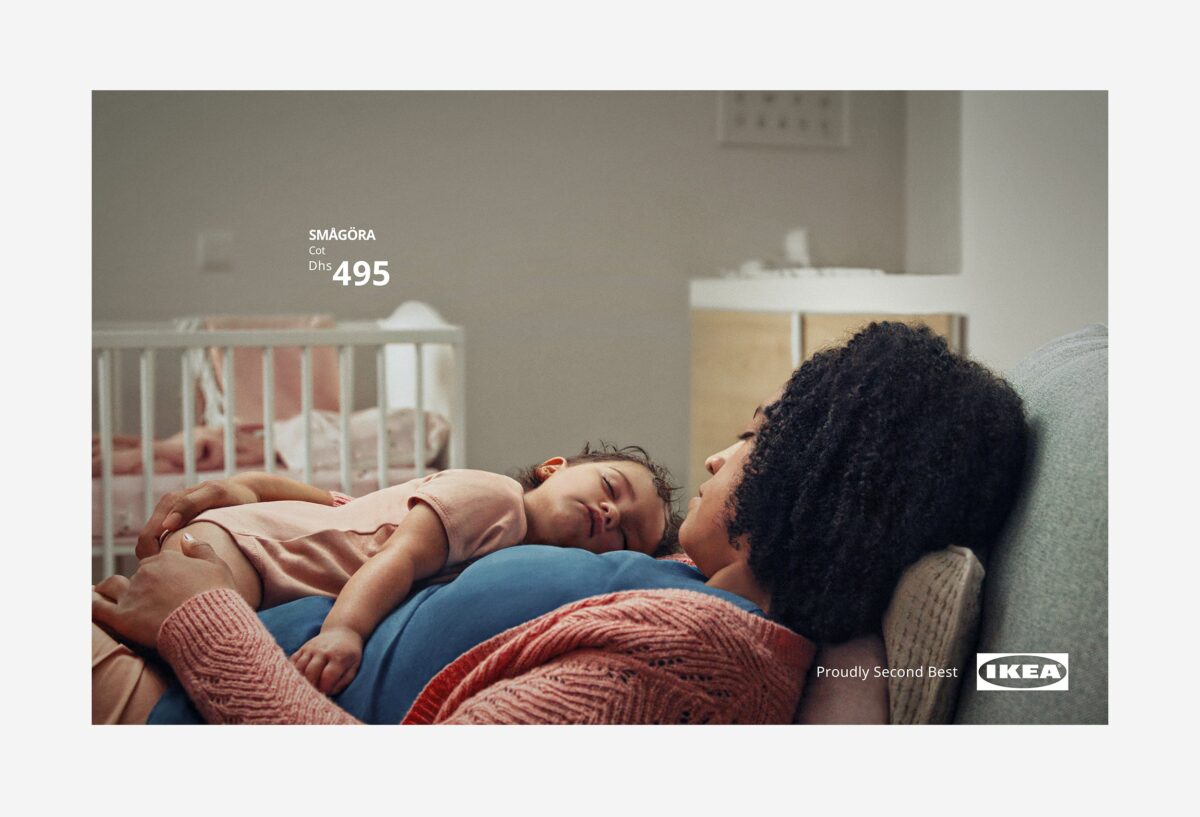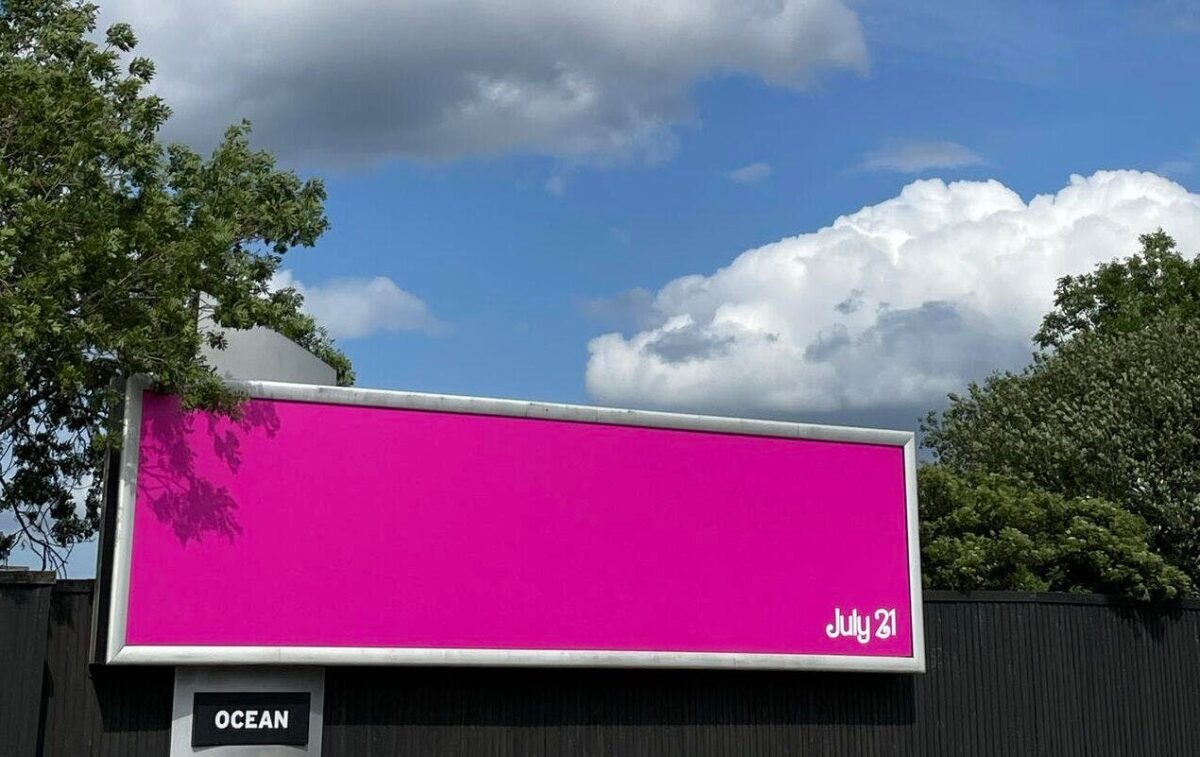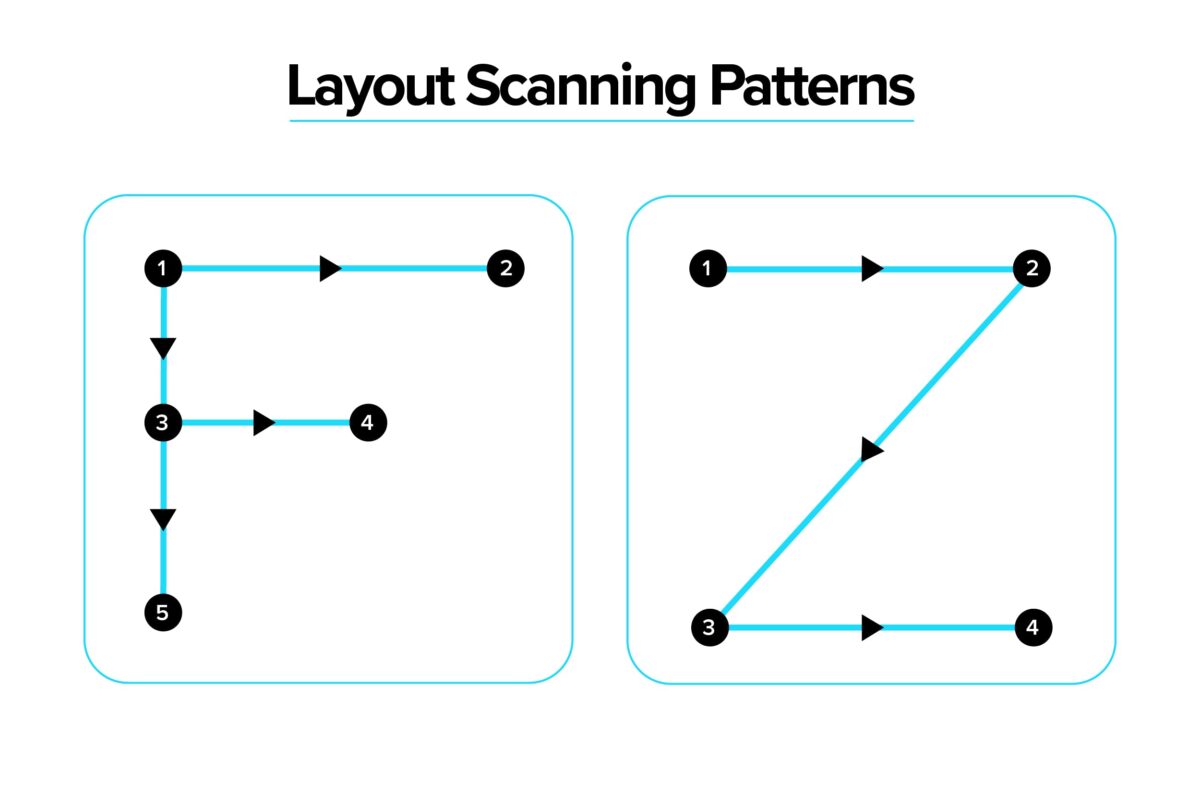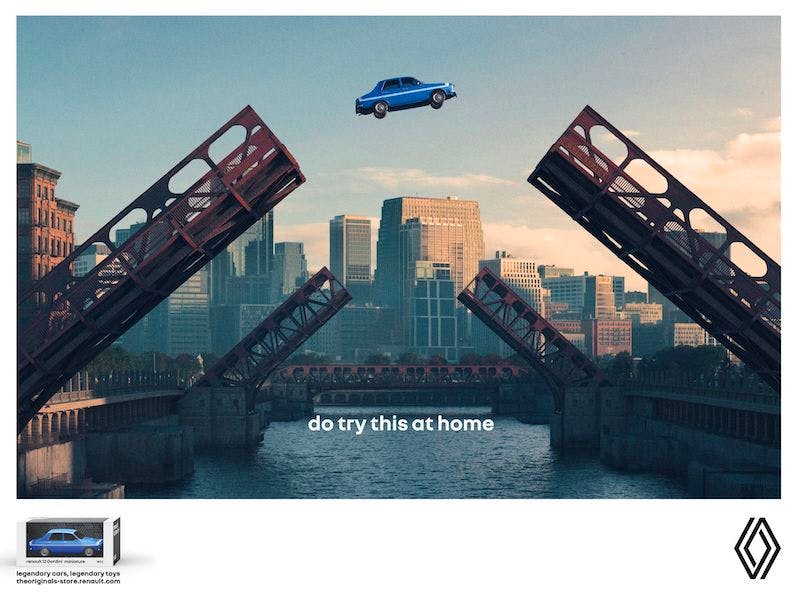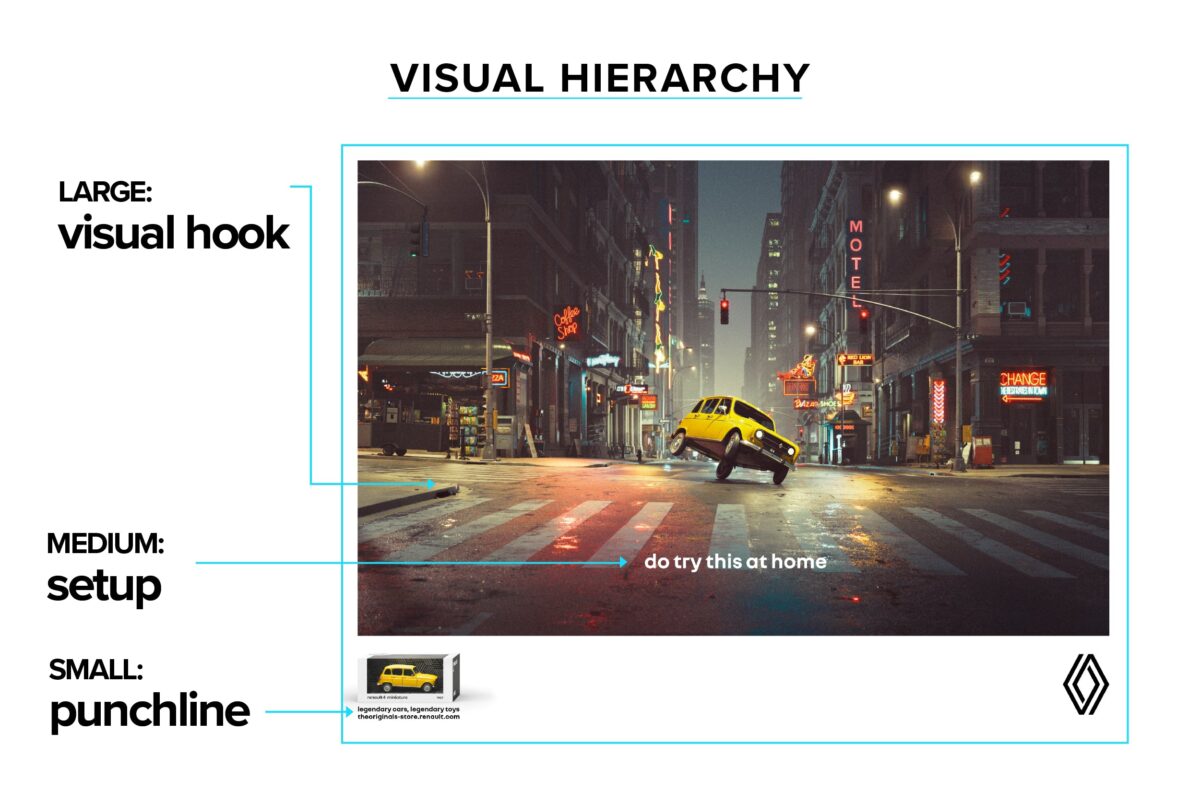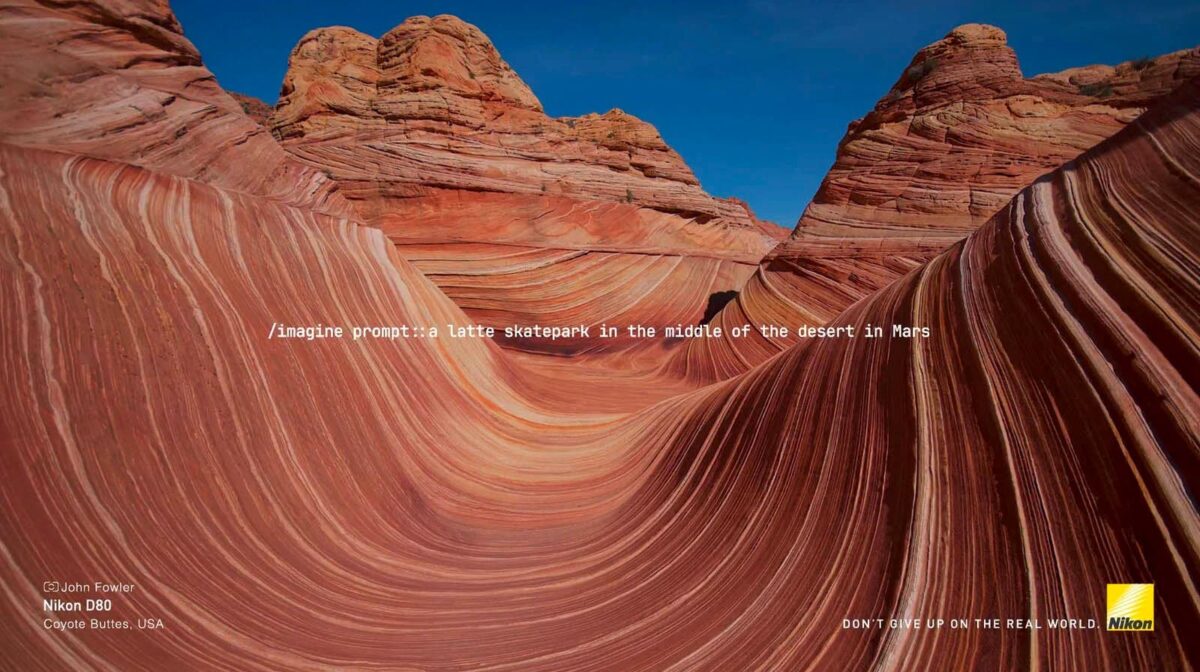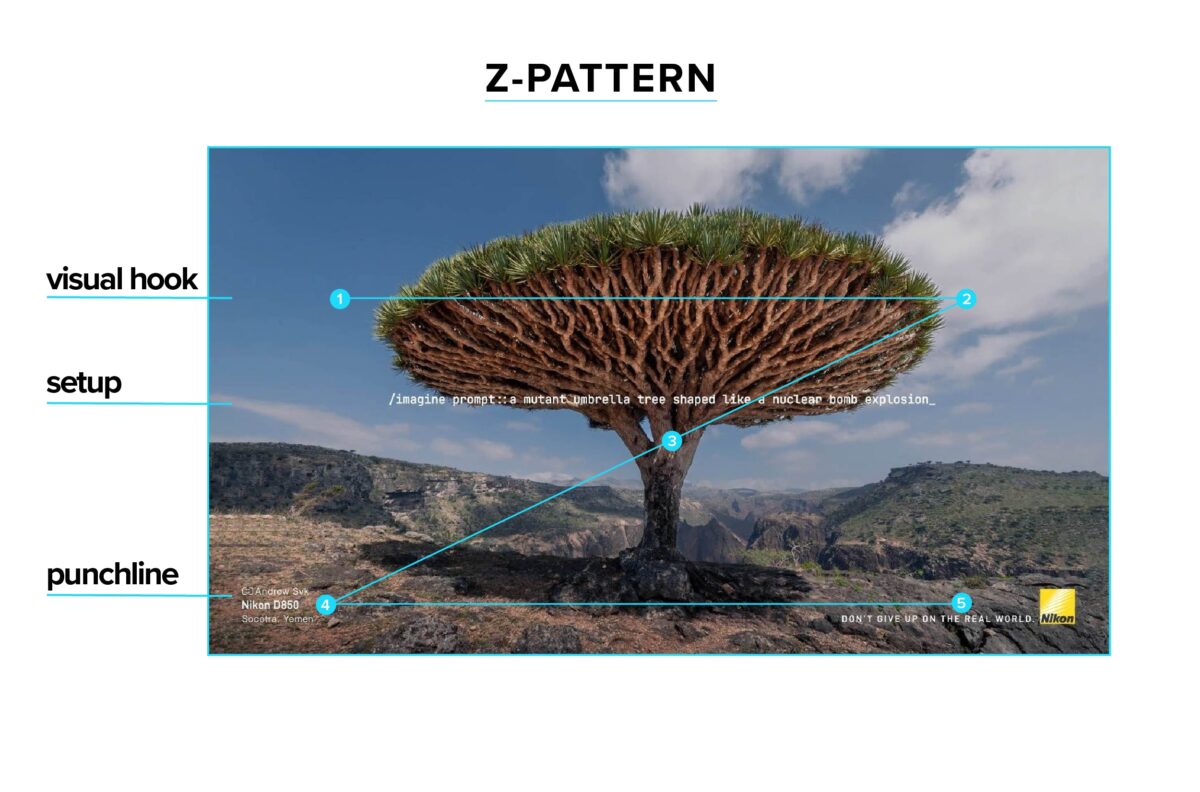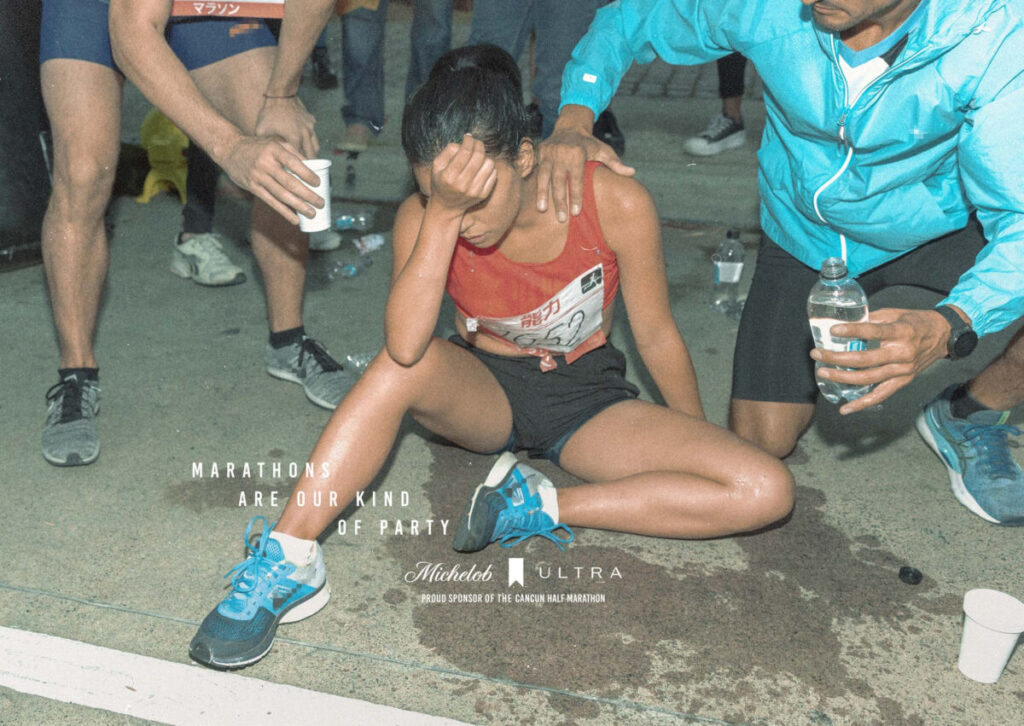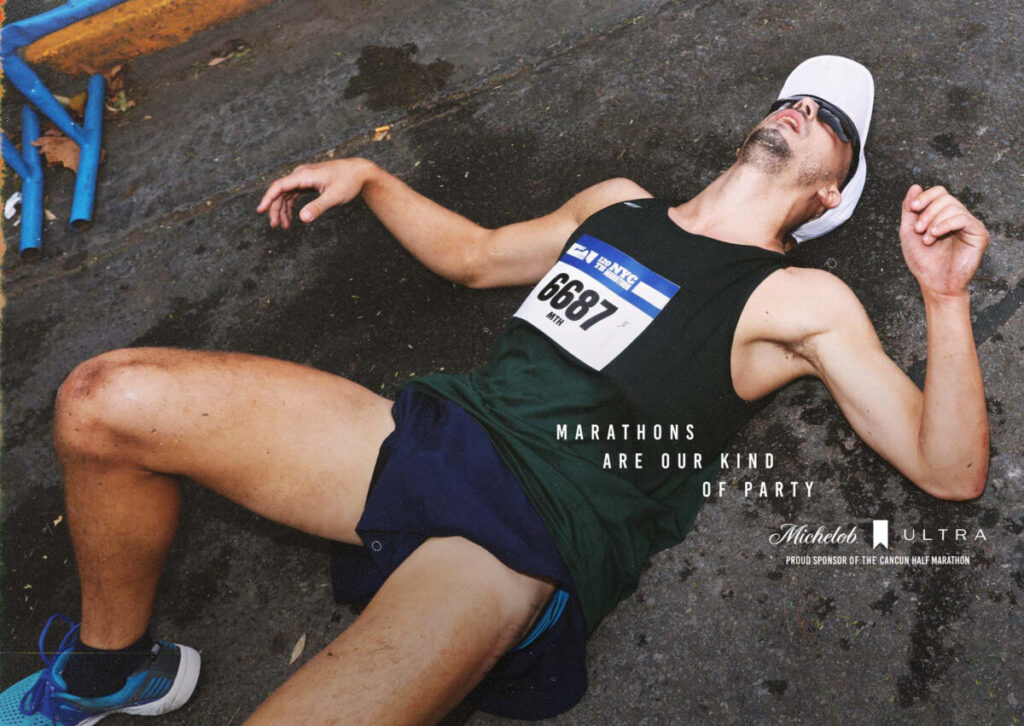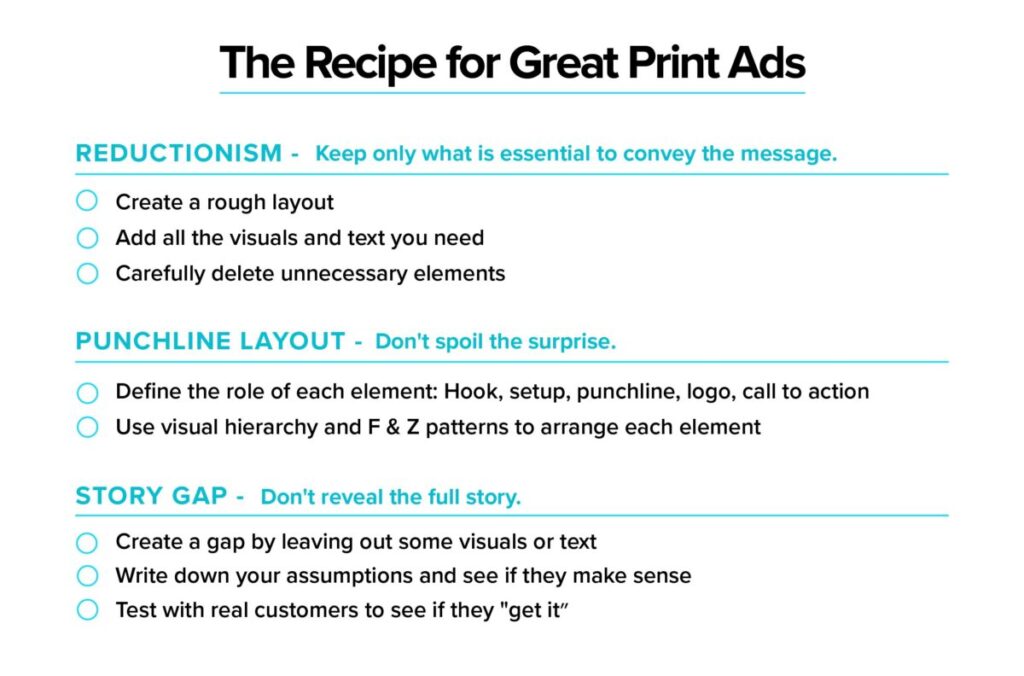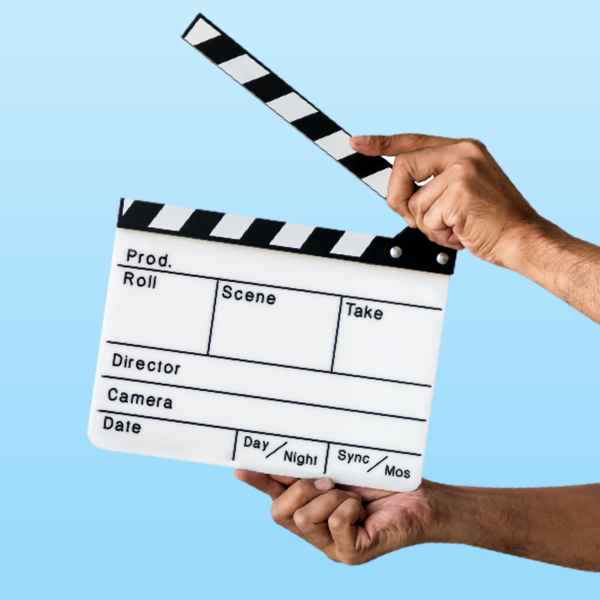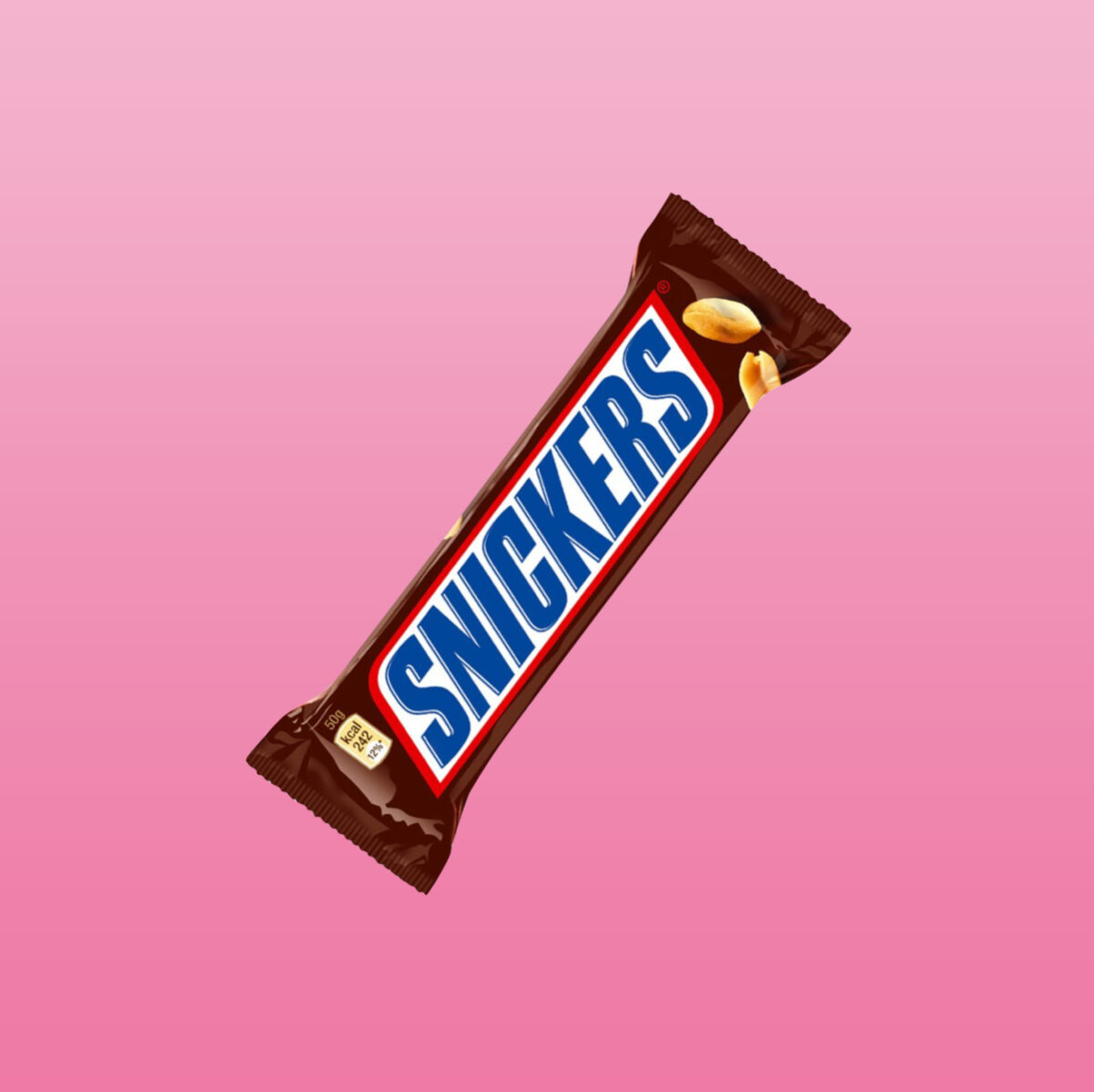Whether it’s Cannes or D&AD, the most awarded print ads have one thing in common: Puzzle Advertising.
🧩 What’s a Puzzle Ad?
An ad that takes a second to understand but, when the penny drops, you feel awesome.
🎓 Why it works?
You get a dopamine hit when you solve a puzzle.
👩🍳 What’s the recipe?
Puzzle ads consist of three main ingredients: Reductionism, Punchline Layout, and Story Gap.
Let’s break it down:
1. Reductionism
The art of keeping only what’s essential for the message.
🛠️ How do I use reductionism?
a. Create a rough layout
b. Add all the visuals and text you want
c. Then, carefully start deleting unnecessary elements
Ask:
“Do we really need the website address?”
“Can the headline be shorter?”
“Can we remove it altogether?”
“Delete the tagline?”
“The logo?”
2. Punchline Layout
Comedians never tell the punchline before the joke. Great ads follow the same principle by using visual hierarchy and layout scanning patterns.
3. Story Gap
Puzzle ads don’t reveal the full story. They create a gap, inviting the reader to fill it.
It’s risky because we assume readers would “get it.” If they don’t, the ad is wasted.
So, even before testing the ad with real customers, I write my assumption down to see if it makes sense. Here are some examples:
Assumption: my audience knows how drunk people behave.
Assumption: my audience knows some restaurants fill Heinz bottles with cheap ketchup.
